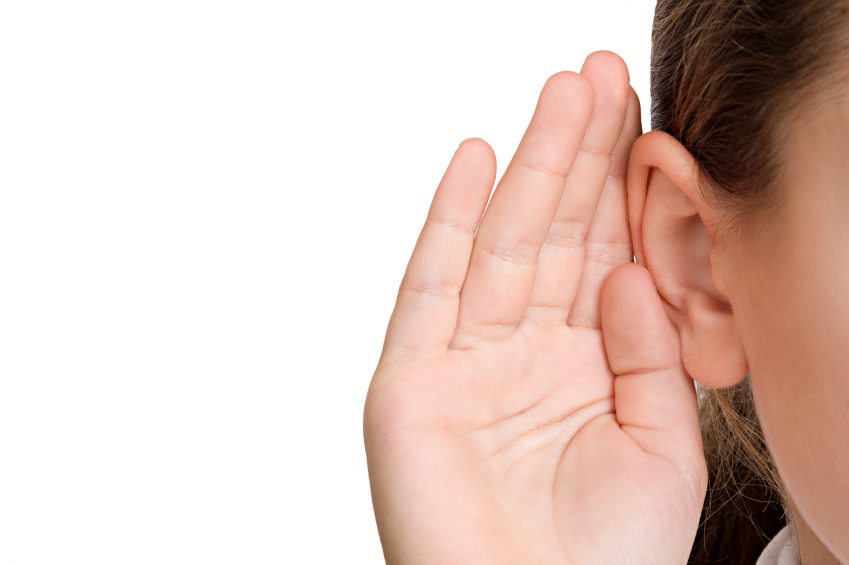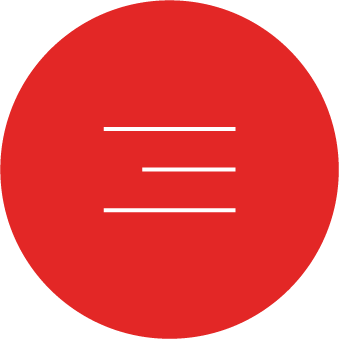Have You Heard? Social Listening Can Shape Better Content

“Social listening” sounds like nodding while your uncle rambles at family gatherings, but it’s actually a great tool for content marketing strategy refinement. Social listening tells you what your audience says in real time and over the long term. Listen well and you can deliver content that’s useful and engaging — unlike your uncle’s monologues.
Social Listening Can Shape Better Content
Are your ears burning?
Social listening tools scan the internet and social media to hear what people say about your brand, products, industry, and competitors. You can use that data as a content guide:
- What do people say about your brand, and can you respond with, say, a user guide or helpful list?
- What’s the competition’s content like, and are there gaps your content can fill?
- Is your brand chatter positive, negative, or neutral? Listen for problems and fix them.
- Who’s talking about your industry? Reach out to the big influencers to talk about cross-promotion or content for your blogs and other channels.
- Who’s using your hashtags? Listen before your campaign to find out if your chosen hashtag is already in use. Once you launch, listen to how people use the tag.
- What’s in the news? If there’s a relevant, timely topic, join the conversation.
Be a good social listener
Choose the right listening platforms for your audience and channels. Your metrics will show where your customers gather to talk. For example, customer service platforms are a great listening tool for consumer organizations, and many B2C companies have teams that monitor customer service in real time. For B2B programs, you may need platforms for influencer identification and competitive analysis.
Your platforms should use Boolean logic to weed out irrelevant results. They should also provide ongoing data review so you can optimize your profile and tools for better results over time.
Listen in as often as it makes sense to do so. B2C programs may require daily listening, while B2B programs may need to let the data run a while to reveal trends.
Whatever type of content you deliver, listen for ideas. Maybe someone’s done a 2016 forecast post and you have predictions to add; you can create a similar list for your company. Listen to your audience, and you’ll hear what kind of content they want.
Have you used social listening to adapt your content? Tell us your success story on our social channels here, here, and here.


